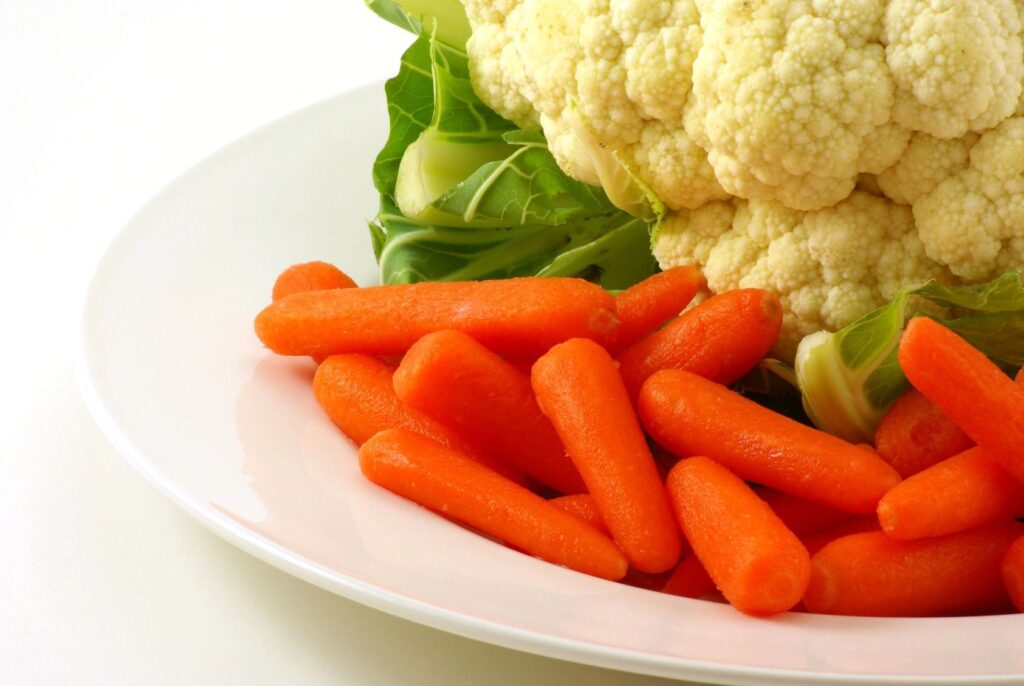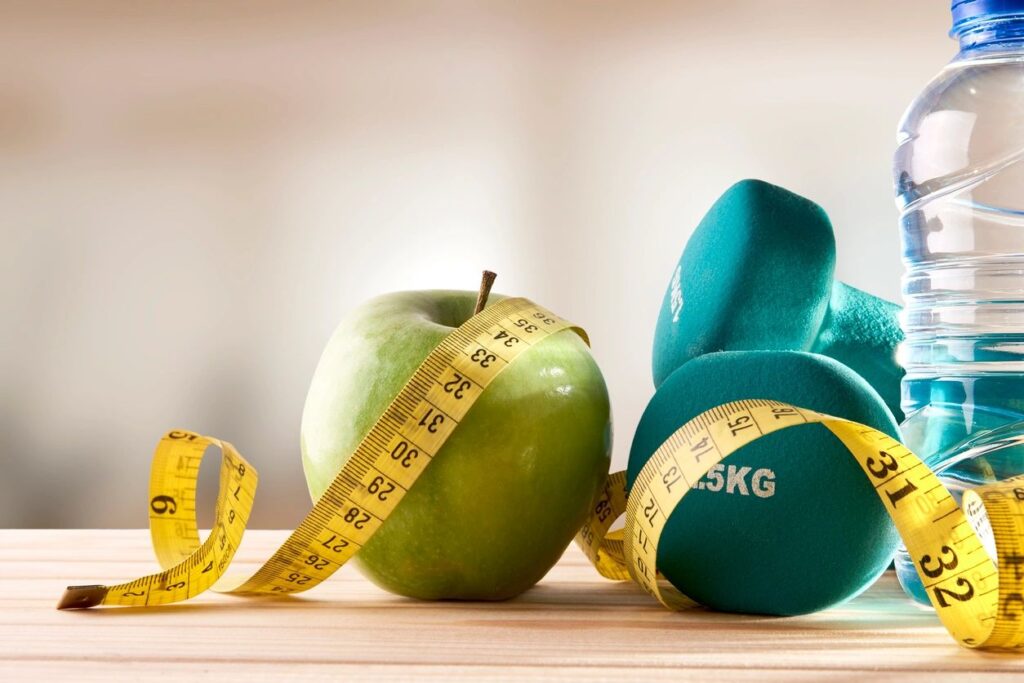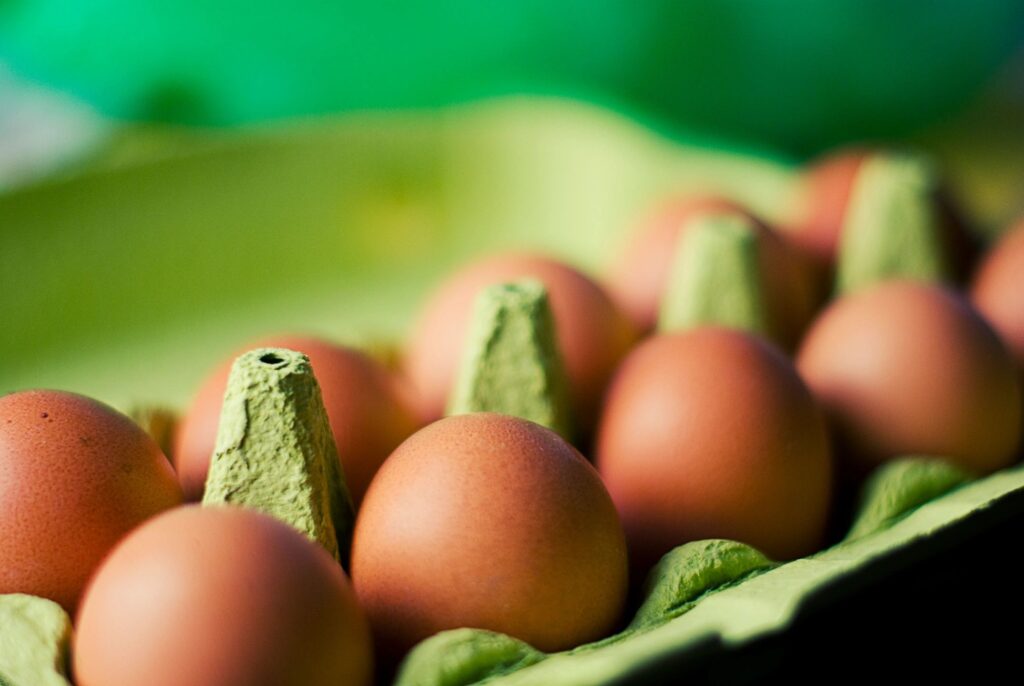Are you a beginner looking to embark on a journey towards a healthier lifestyle? Look no further than the ketogenic diet! Commonly known as the keto diet, this low-carbohydrate eating plan has gained popularity due to its remarkable health benefits and potential for weight loss.
As a type of diet that focuses on consuming high amounts of healthy fats, moderate protein, and minimal carbohydrates, the keto diet has been shown to help individuals achieve their weight loss goals while experiencing numerous health improvements. Whether you’re a meat lover or a vegetarian, there are plenty of delicious keto recipes available to suit your preferences. While the strict keto approach requires careful tracking of macronutrients, there are also variations like the vegetarian keto diet that accommodate different dietary choices. With a comprehensive beginner’s guide and a wide range of keto-friendly foods to choose from, it’s easier than ever to stay keto while enjoying the benefits of this innovative approach to nutrition.
Unlike traditional diets like the Atkins or Mediterranean diet, the ketogenic diet puts your body into a metabolic state called ketosis, where it efficiently burns fat for fuel instead of carbohydrates. So, if you’re ready to kickstart your weight loss journey and improve your overall health, consider giving the keto diet a try!
What is a keto diet?

A keto diet, short for ketogenic diet, is a low-carb, high-fat diet that has gained popularity for its potential to promote weight loss and improve overall health. The main principle behind the keto diet is to shift the body’s primary source of fuel from carbohydrates to fat. By drastically reducing carb intake and increasing fat consumption, the body enters a metabolic state called ketosis.
How does a keto diet work?
The keto diet works by forcing the body to burn fat for energy instead of glucose derived from carbohydrates. When you eat a diet high in carbohydrates, your body breaks down the carbs into glucose, which is then used as the primary source of fuel. However, when carb intake is limited, the body is forced to utilize fat reserves for energy. This process leads to the production of ketones, which are molecules that the body can use as an alternative fuel source.
How Do You Start a Keto Diet?
Starting a keto diet can be a little overwhelming, but with the right guidance, it can also be quite simple. The first step is to educate yourself about what exactly a keto diet is and how it works. This involves understanding the concept of ketosis, where your body switches from using glucose as its primary fuel source to burning fat. Next, you need to calculate your macronutrients – the amount of fats, proteins, and carbohydrates you should consume in a day. Generally, a keto diet consists of high fat, moderate protein, and low carbohydrate intake. Once you have calculated your macros, you can start planning your meals accordingly. It’s important to focus on whole, unprocessed foods such as meat, fish, eggs, non-starchy vegetables, and healthy fats like avocado and coconut oil. Gradually reducing your carbohydrate intake and increasing your fat consumption will allow your body to enter ketosis. It’s also helpful to stay hydrated, get enough electrolytes, and track your progress to ensure you stay on track. With time and consistency, you will begin to experience the benefits of a keto diet such as weight loss, mental clarity, and improved energy levels.
What are the health benefits of a keto diet?
The keto diet offers a range of health benefits beyond weight loss. Research has shown that the keto diet may help improve blood sugar control in individuals with type 2 diabetes and reduce insulin levels. Additionally, a keto diet is known to increase satiety and reduce appetite, which can aid in weight loss. Other potential health benefits include improved mental clarity, increased energy levels, and reduced inflammation in the body.
Are there any side effects of a keto diet?
While the keto diet can be highly effective for weight loss and improving health, it is important to be aware of potential side effects. One common side effect is known as the “keto flu,” which can occur during the initial stages of the diet. Symptoms of keto flu may include fatigue, headaches, nausea, and dizziness. These symptoms are typically temporary and can be alleviated by staying hydrated, increasing electrolyte intake, and gradually transitioning into the diet.
Getting started with a keto diet

Starting a keto diet as a beginner may seem daunting, but with proper guidance, it can be a relatively simple and enjoyable process. Here are some steps to get you started:
How to start a keto diet for beginners?
The first step to starting a keto diet is to educate yourself about the basic principles and guidelines. It is important to understand the macronutrient composition of the diet, which typically consists of consuming around 70-75% of calories from fat, 20-25% from protein, and only 5-10% from carbohydrates. This means restricting your carb intake to a maximum of 50 grams per day.
What foods should I eat on a keto diet?
A keto diet primarily focuses on consuming whole, unprocessed foods that are high in healthy fats and moderate in protein. Some examples of foods that are commonly included in a keto diet are avocados, nuts and seeds, olive oil, coconut oil, fatty fish, eggs, and low-carb vegetables like leafy greens and broccoli. It is essential to avoid foods high in carbohydrates, such as grains, sugar, and processed snacks.
What are some sample keto meal plans?
A well-planned keto meal plan can help ensure that you are getting all the necessary nutrients while staying within the macronutrient ratios of the diet. Here is a sample day of meals on a keto diet:
- Breakfast: Scrambled eggs cooked in butter with avocado and spinach.
- Lunch: Grilled chicken salad with mixed greens, olive oil, and feta cheese.
- Dinner: Baked salmon with roasted asparagus and cauliflower rice.
- Snacks: Almonds, celery sticks with almond butter, or a small portion of full-fat cheese.
Understanding ketosis and carb intake

To fully grasp the concept of a keto diet, it is important to understand ketosis and the role of carb intake in this metabolic process.
What is ketosis and how does it affect weight loss?
Ketosis is a natural metabolic state in which the body produces ketones for fuel. When carbohydrate intake is limited, the body starts breaking down fat stores, releasing fatty acids that are converted into ketones. Ketones are then used as an alternative energy source, particularly by the brain. By reaching a state of ketosis, individuals can effectively burn fat and promote weight loss.
How low should my carb intake be on a keto diet?
The recommended carb intake on a keto diet is typically around 20-50 grams per day. This low-carb restriction is necessary to achieve and maintain ketosis. It is important to note that everyone’s carbohydrate tolerance may vary, and some individuals may need to further reduce their carb intake to reach optimal ketosis.
What are the effects of carbohydrate consumption on blood sugar levels?
Carbohydrates have a significant impact on blood sugar levels. When you consume carbs, they are broken down into glucose, which enters the bloodstream and causes a rise in blood sugar levels. For individuals with diabetes or insulin resistance, limiting carb intake through a keto diet can help regulate blood sugar levels and improve overall glycemic control.
What is the fastest way to get into ketosis?
The fastest way to get into ketosis is by following a strict ketogenic diet. This eating plan typically involves consuming high amounts of healthy fats, moderate amounts of protein, and very low amounts of carbohydrates. By limiting carbohydrate intake to around 20-50 grams per day, the body is forced to burn stored fat for fuel instead of glucose. This depletion of carbohydrates and shift in metabolism can typically lead to ketosis within a few days. In addition to a low-carb diet, some individuals may choose to incorporate intermittent fasting, which further stimulates the body’s ketone production. Regular exercise can also help speed up the process by depleting glycogen stores and promoting fat burning. It’s important to note that while the fastest way to achieve ketosis may be through a strict diet, it’s crucial to prioritize overall health and consult with a healthcare professional for personalized guidance.
Managing keto flu and other challenges
While the keto diet can offer numerous benefits, it is essential to navigate potential challenges and effectively manage them for long-term success.
What is keto flu and how to alleviate its symptoms?
Keto flu refers to a collection of symptoms that some people experience when starting a keto diet. It is characterized by feelings of fatigue, headaches, irritability, and muscle cramps. To alleviate these symptoms, it is important to stay well-hydrated, consume enough electrolytes, and gradually transition into the diet to allow your body to adapt. Additionally, ensuring adequate sleep and managing stress levels can also help minimize the severity of keto flu symptoms.
How to maintain a healthy keto diet?
Maintaining a healthy keto diet involves following the macronutrient ratios, consuming a variety of nutrient-dense foods, and ensuring adequate vitamin and mineral intake. It is crucial to focus on whole, unprocessed foods and limit the consumption of artificial sweeteners and processed snack alternatives. Regular exercise, proper hydration, and stress management are also important for overall health and well-being.
What are some tips for beginners to follow the keto diet successfully?
For beginners, it is crucial to start slowly and gradually transition into the keto diet. Keeping a food journal can help track macros and ensure you are staying within your desired ranges. Planning meals and snacks in advance can also help avoid temptations and stay on track. Additionally, joining support groups or seeking guidance from registered dietitians can provide valuable knowledge and tips for success.
Different types of keto diets
There are different variations and modifications of the standard keto diet that individuals can explore to suit their preferences and goals.
What are the different types of keto diets?
Some common types of keto diets include the standard keto diet (SKD), which involves consuming very low carbs, moderate protein, and high fat; the cyclical keto diet (CKD), which allows for periods of higher carb intake; the targeted keto diet (TKD), where individuals consume carbs strategically around workouts; and the high-protein keto diet, which focuses on higher protein intake while still maintaining a low-carb approach.
How do I choose the right type of keto diet for me?
The right type of keto diet for you will depend on various factors, including your goals, preferences, and any underlying health conditions. It is recommended to consult with a healthcare professional or registered dietitian who can assess your individual needs and recommend the most suitable approach.
Are there any variations or modifications to the standard keto diet?
Yes, there are several variations and modifications to the standard keto diet that individuals can explore to suit their needs. Some people may prefer a higher protein intake to support muscle growth and maintenance, while others may benefit from cycling in higher-carb days on specific occasions. These variations should be tailored to individual goals and preferences while still adhering to the basic principles of the keto diet.
Overall, the keto diet is a low-carb, high-fat diet that helps individuals achieve a state of ketosis, where the body uses fat for energy instead of carbohydrates. It has numerous health benefits, including weight loss, improved blood sugar control, increased mental clarity, and reduced inflammation. However, it is important to understand the basics of the diet, follow
What are the top 9 keto foods?
When following a keto diet, it is important to focus on consuming foods that are low in carbohydrates and high in healthy fats. Here are the top 10 keto foods that can help you stay in ketosis.
1) Avocados are a great choice due to their high fat content and low carb count.
2) Eggs are another keto-friendly food that provides ample protein and healthy fats.
3) Cheese, especially varieties like cheddar and Parmesan, can be enjoyed in moderation.
4) Fatty fish, such as salmon and sardines, are excellent sources of omega-3 fatty acids.
5) Other keto-friendly protein options include meat, poultry, and tofu.
6_ Nuts and seeds, like almonds and chia seeds, are packed with healthy fats and fiber.
7) Non-starchy vegetables, such as spinach and broccoli, are low in carbs and rich in nutrients.
8) Healthy oils, such as olive oil and coconut oil, are good sources of fat.
9) full-fat dairy products like yogurt and butter can be included in a keto diet.
FAQ

Q: What is a ketogenic diet?
A: A ketogenic diet, also known as the keto diet, is a low carb, high fat diet that helps your body enter a metabolic state called ketosis.
Q: How does a keto diet help in losing weight?
A: The keto diet helps in losing weight by forcing your body to burn fat for fuel instead of carbohydrates. This results in a faster and more efficient fat burning process.
Q: Is the keto diet suitable for beginners?
A: Yes, the keto diet is suitable for beginners. It may take some time to adjust to the low carb lifestyle, but with the right guidance and meal plan, anyone can successfully start a keto diet.
Q: What can I eat on a keto diet?
A: On a keto diet, you can eat foods like meat, fish, eggs, avocados, nuts, and healthy fats like olive oil and coconut oil. It’s important to avoid high carb foods like grains, sugars, and most fruits.
Q: What are some common side effects of the keto diet?
A: Some common side effects of the keto diet include keto flu (flu-like symptoms during the initial adjustment phase), constipation, bad breath, and nutrient deficiencies. These side effects usually subside as your body adapts to the diet.
Q: What are some tips for following the keto diet?
A: Some tips for following the keto diet include meal planning, tracking your macros (fat, protein, and carb intake), staying properly hydrated, and ensuring you eat enough healthy fats to stay satiated.
Q: What are the health benefits of the keto diet?
A: The keto diet has shown to have numerous health benefits, including weight loss, improved insulin sensitivity, reduced inflammation, increased energy levels, and improved brain function.
Q: Can you provide a sample keto meal plan for beginners?
A: Sure! Here’s a sample keto meal plan for beginners: – Breakfast: Scrambled eggs with bacon and avocado – Lunch: Grilled chicken salad with mixed greens, cheese, and olive oil dressing – Dinner: Baked salmon with roasted vegetables – Snacks: Cheese cubes, almonds, or celery with almond butter
Q: Is it important to avoid the keto diet if I have certain health conditions?
A: It’s always recommended to consult with a healthcare professional before starting any new diet, especially if you have specific health conditions. They can provide personalized advice based on your individual needs and medical history.
Q: What are the benefits of the keto diet for beginners?
A: The benefits of the keto diet for beginners include weight loss, improved mental clarity, increased energy levels, reduced inflammation, and improved blood sugar control.
Conclusion
If you’re a beginner looking to embark on a transformative journey, the keto diet is your answer. With its focus on low-carb, high-fat foods, the ketogenic diet offers numerous health benefits and weight management potential. Take the plunge and start your keto journey today to experience the power of this high-fat diet for yourself.


1 comment
Love your keto content! Simple, practical tips and a friendly voice make it enjoyable to read. You’ve inspired my healthy journey! Thank you! 🌟👍🥑”
Comments are closed.